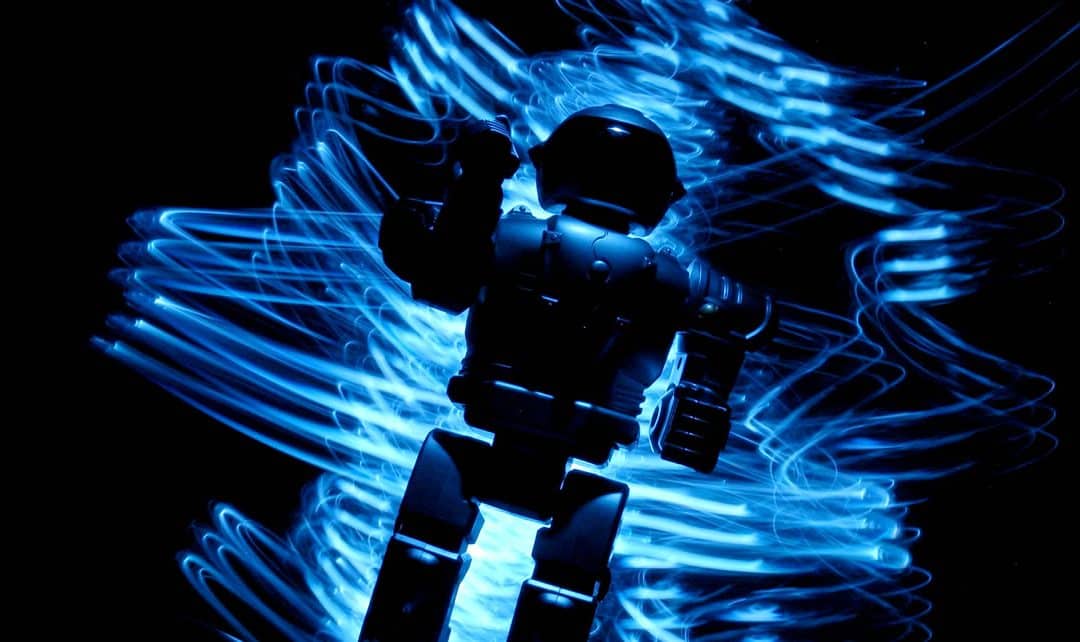Back in the mid-1960s, people imagined that homes of the future would be much different by 2016. The total automation of housework would have made ours a life of leisure.
Things home buyers thought would be standard by now included things like dishwashing robots, a floor mopping machine, automated dispensers of synthetic yet nutritional food, waterless baths and showers and a way to get from home to work without driving, via teleportation. Although the sales reps in 1966 couldn’t find homes with all of these luxuries, today at least a few of them are considered necessities by home buyers.
Dishwashers have foregone the robotic arm device in favour of closed boxes that do most of the work. You have to rinse your plate sometimes and place it inside the machine, but no more scrubbing by hand and when you open that door again, your dishes are clean and dry. Sometimes they are even still warm, and you can have a nice hand warmer as you put them in the cupboard. Although it took a while for them to become popular, dishwashers were invented back in 1887 by Josephine Cochrane and George Butters.
The reality of floor cleaning machines in 2016 comes in the form of a small square or disk that glides across the floor scrubbing or sweeping. It can also be used as a vacuum for light-duty traffic.
Using a system of bumpers and sensors, the floor sweeping robots are still in their infancy. They are much louder than a broom and can take up to 45 minutes to sweep or vacuum a room. Advanced models can be set to work and will go back to its charging base upon completion of the work. Not everyone likes these floor robots, so the broom and vacuum are here to stay, at least for now.
The idea of meals made by machines dates as far back as the Chicago World’s Fair of 1893. It and was meant to liberate women from domestic duties. Modern-day variants on the theme include a liquid that provides a full and nutritional meal in a swallow. Synthetic food makers for home use are still a thing of the future, and with the way the human senses work, that’s probably a good thing. In a study, only 18 per cent of people were ready to eat synthetically grown meat or live exclusively on meals you can drink.
Waterless bath and shower options abound if you don’t mind using powders or gels. New modifications on the theme include a body gel, and a true cleaning job still requires soap and water and your favourite scrubbing brush. For the foreseeable future, home buyers will probably still be in the market for a nicely shaped jet or soaker tub.
Although teleportation hasn’t been cracked yet, soon we will be able to have our own self-driving car. It won’t mean instant travel like the transporter beams in Star Trek, but these cars will take us home from work. Self-driving cars still need to be configured to park in a garage; however, which is one reason this is yet a work in progress.
In 2016, what do people expect in the home of the future?
Aside from a chauffeur or robot driven car ride, and a dishwasher that would load and put away dishes, three features remain popular to the modern-day home buyer. Top of the list are smart home features such as voice activation, integrated appliances and security systems.
Energy efficiency is also important to home buyers. Windows that adjust to the levels of sunlight, solar heating systems and geothermal heating and cooling are some emerging technologies.
Architecturally different houses are popular too, from Naomi Campbell’s Spaceship House of 2013 to dome-shaped designs, stacking boxes and more. Sometimes a modern design can hide a modern innovation, such as a series of solar panels that are incorporated into a structure to appear as extra windows or built into the roof.
In spite of the trend toward streamlined technology, in 50 years it’s likely that our most fundamental home chores will remain the same.
Yvonne Dick is a contributing writer for REM with two decades of experience in journalism.













